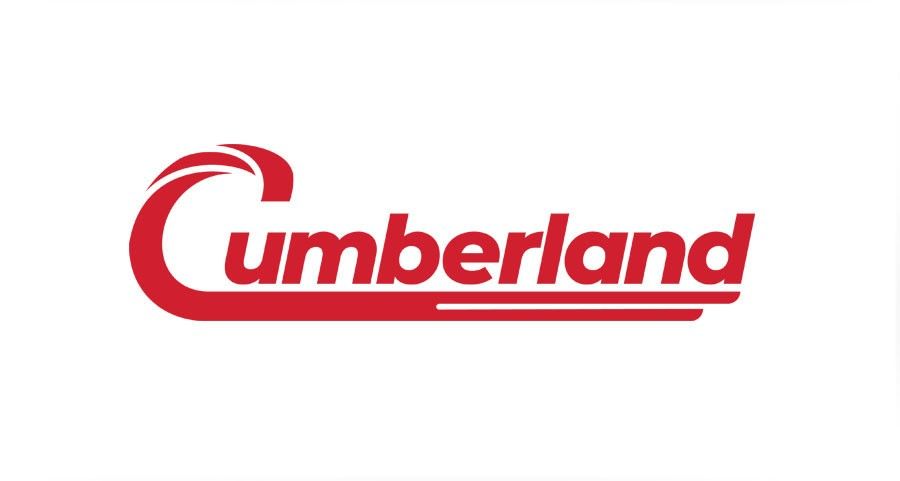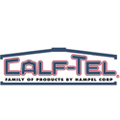Evaporative Cooling Pad Prep: Getting Your Cooling Cells Ready for Summer
Jun 13, 2023
Summer is typically one of the busiest times of year for farmers. As livestock is growing and reaching maturity it’s vital to ensure all of your essential shelter functions remain in place throughout the hot and humid season.
This includes checking your evaporative cooling pads. Evaporative cooling is an increasingly popular and essential cooling system. Its operation is central to reducing heat stress and other dangerous symptoms of overheating.
Don’t Start with Your Cooling Pads
Inspecting your cooling pads is an important part of the process, but it isn’t where you should start when you’re prepping your cooling cells for the Summer.
The source of cooling pad issues like deposit buildup and potential mold or bacteria is often due to the hardness of the water being pumped into these pads. If you start by inspecting your cooling pads and immediately replace them because they’re degraded from deposit build up you aren’t addressing the underlying issue.
We recommend starting your seasonal cooling pad preparation by checking your water source. Ensuring that your water is properly filtered and treated prior to entering your cooling system is vital to the longevity of cooling pads.
Checking Your Livestock Water Quality
Just like people, livestock needs clean water to cool off. While evaporative cooling pads work differently than sprinkler systems to keep your livestock cool, both require high-quality water sources in order to function properly and avoid frequent breakdowns.
There are two main factors you need to consider when checking the quality of the water running through your pump and cooling cell system:
●Water Hardness
●Water Filtration
Ensuring that livestock cooling cells have water that’s free of mineral deposits and bacteria will help to ensure the livelihood of your herd as well as your water pump, hoses, and cooling pads.
Water quality is also an important factor whenever you need to use livestock medicators or injectors dispensing vitamins, or antibiotics through your watering systems to your livestock.
When it comes to your cooling system, injectors can be used to properly flush your water pump and hoses with a cleaning solution to reduce any mineral buildup that may have occurred. This is an easy way to clean those hard-to-reach places within your cooling system without dismantling its structure. This is also a good time to replace any in-line filters and clean out any reservoirs with mineral build-up.
After you have determined that your water source is being properly filtered, it’s time to inspect your cooling pads.
Inspecting Your Cooling Pads
While we have covered cleaning and maintaining your cooling pads in depth before, when inspecting your cooling pads there are a few tell-tale signs to look out for that determine what you need to do.
The first obvious sign is visual degradation. If your pads are looking worn out and worse for the wear, or have heavy mineral and limescale buildup, it’s best to replace them. The reason is that once cooling pads have begun to break down, they’re harder to effectively clean, which in turn invites bacteria, algae, and toxic mold to grow.
If during inspection you discover that your cooling pads are still structurally sound, but need to be cleaned, the cleaning process is fairly straightforward.
- Soft bristle brush scrub - not too hard! Just enough to remove build-up.
- Low-pressure nozzle hose rinse
If after cleaning limescale remains, you’ll want to use a cooling pad descaler solution to remove stubborn accumulated buildup. These products are specially designed to remove these mineral deposits without damaging the wool or cellulose material of the cooling pad.
Cleaning the Cooling Cells
After addressing your water quality as well as cooling pad condition the last step is to make sure your cooling cells are clean and properly equipped to avoid moisture stagnation and mold accumulation.
You’ll want to make sure that any excess water is able to effectively drain from your cells and that your pads have the ability to dry between uses. This will help to ensure that any potential mold build-up is kept to a minimum.
Prep Your Cooling Pads to Beat the Heat
Heat stress can cause all types of problems for your livestock. Beat the heat by having your cooling cells and cooling pads ready for the temperature rise. At Farmer Boy, we have the knowledge, experience, and products you need to take your cooling systems to the next level including:
●Water System Injectors and Medicators
If you have any questions or concerns about evaporative cooling systems or cooling pad products, don’t hesitate to contact us. We’re happy to help answer any of your questions or concerns about your cooling systems.






